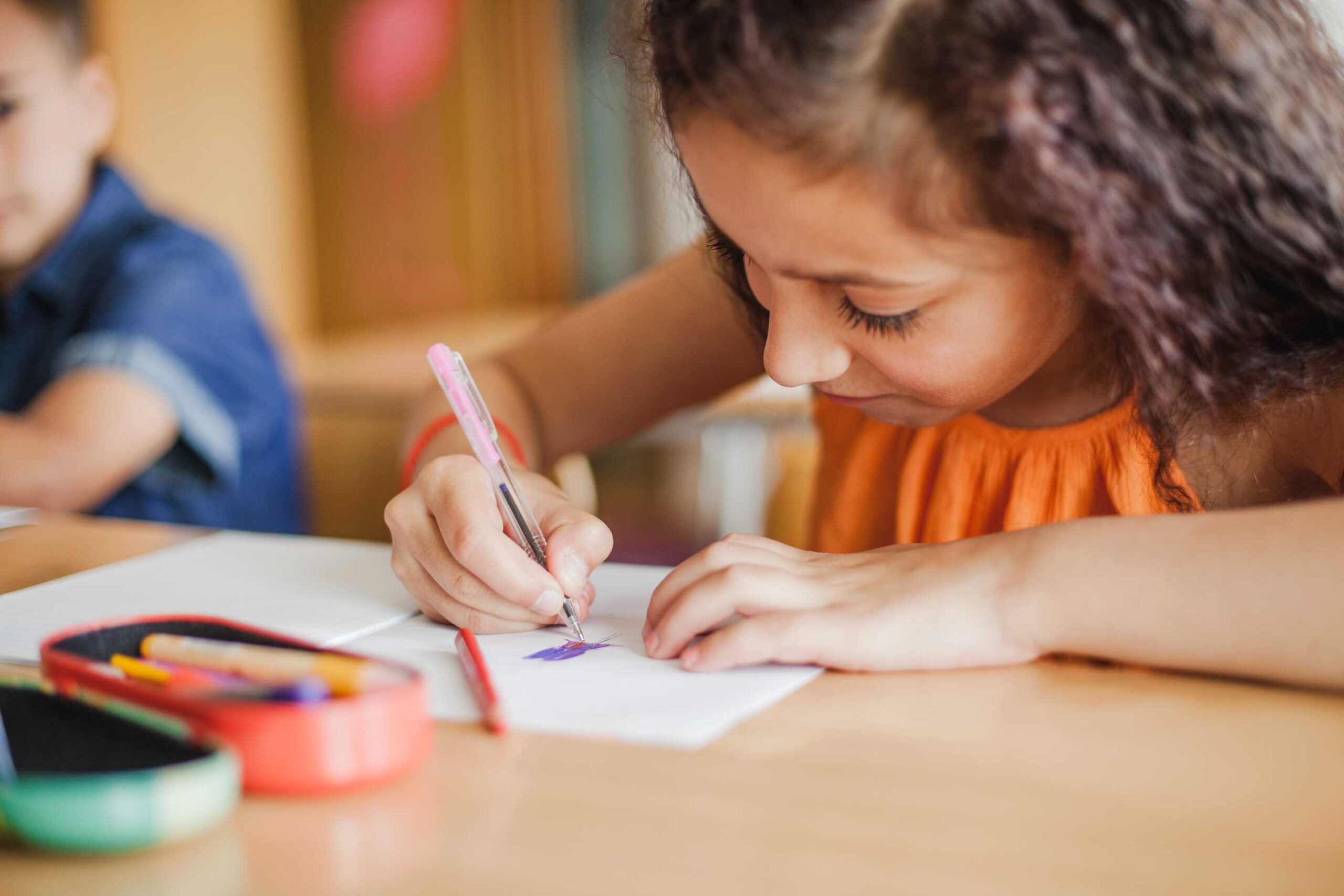Eager to hear your child babble his or her first words? Usually, a baby starts talking at the age of 12-18 months, and then the progress continues. Every child is unique and so are their stages of growth and development. As a parent, one must give them the opportunity to communicate, try to understand them, and build an interactive relationship.
A few simple, yet effective, steps in a child’s daily activities that can help in language development.
- Babbling starts at the age of 3-12 months
Start with making sounds, gesture communication to get their attention. And, as soon as the baby speaks the first single syllable sound, try to add more to it, like “Hi”, “Hello”, “Bye”.
- It is time for complete words at 12-18 months
With the first complete word, help them increase their vocabulary, encourage them to learn simple instructions, like “It is sleep time”. Talk to them, help them learn the meaning of the words that are used on a regular basis.
- Get ready to face curious minds at 18 months – 3 years
Is the toddler trying to say a complete sentence? Talk to them, read to them and correct them. Yes, having fun and enjoying will also help. Indulge in a few fun-filled activities, make them laugh. Try to ask encouraging questions and comment on what they say. You can ask questions like “What are you doing?”, “What is going on?”, etc.
A child needs time to think and answer. Thus, be patient and give them the time to respond. To help a child understand what you intend to ask, keep the conversation short, “The toy looks good….” now let them talk.
- Add more to the vocabulary at 3-5 years
Turn on some music, this will help a child grasp words quickly. It’s time to add more complex words to the mix. Share your thoughts on a wide range of topics that they like and are interested in. Basic grammar can be included in the form of entertaining stories. Developing skills like painting or recitation can help too.













